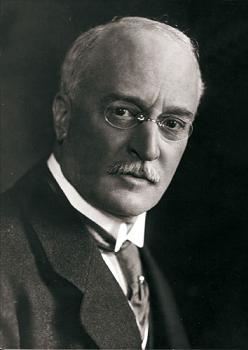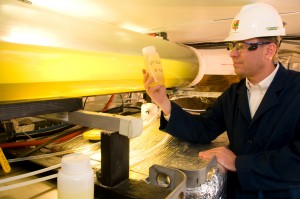Here is a feel good story for a Monday. Yingli Green Energy Holding Company Limited’s U.S. subsidiary Yingli Green Energy Americas, Inc. has formed a partnership with GRID Alternatives, a nonprofit solar installer, to provide solar modules for 400 low-income families during 2011. Yingli Americas is a photovoltaic manufacturer (PV), and GRID Alternatives provides renewable energy and energy efficiency services, equipment and training.
 “Social responsibility is a key pillar in our mission, and we’re very proud to announce this partnership with GRID Alternatives,” said Robert Petrina, Managing Director of Yingli Americas. “At Yingli, we believe in making solar power an affordable option for everyone, and addressing our local underserved communities is an important step in achieving this — we’re delivering clean energy and job training where it’s required most.”
“Social responsibility is a key pillar in our mission, and we’re very proud to announce this partnership with GRID Alternatives,” said Robert Petrina, Managing Director of Yingli Americas. “At Yingli, we believe in making solar power an affordable option for everyone, and addressing our local underserved communities is an important step in achieving this — we’re delivering clean energy and job training where it’s required most.”
The team will consist of a network of community volunteers and green job trainees who along with GRID Alternatives will install the 1 MW of solar energy systems in 400 low-income homes. The solar modules will be a combination of those donated and purchased from Yingli at fair market value. It is estimated that over their lifetime, the solar energy systems will generate $10 million worth of renewable energy. The systems will also provide solar PV installation training to thousands of people interested in entering the industry.
“GRID Alternatives is grateful to Yingli for helping us make solar power available to the working families that need the savings the most, while helping build the clean energy workforce of the future. We are also proving that if solar is a viable technology for low-income families, it can work for anyone anywhere,” said Erica Mackie, Executive Director and Co-Founder of GRID Alternatives. “We are thrilled to announce this partnership – which is the first of its kind in our organization’s history – and commend Yingli Americas for their vision and dedication to helping disadvantaged communities in the US.”
Mr. Liansheng Miao, Chairman and Chief Executive Officer of Yingli Green Energy, added, “We have a long-standing commitment to global social responsibility and to improving the lives of our future generations. That’s why we seek out collaborations such as this one with GRID Alternatives in order to make a tangible difference.”



 Erratic behavior on the futures market for corn over the past few weeks is evidence that paper bushels, not ethanol, are driving corn prices, according to
Erratic behavior on the futures market for corn over the past few weeks is evidence that paper bushels, not ethanol, are driving corn prices, according to 







